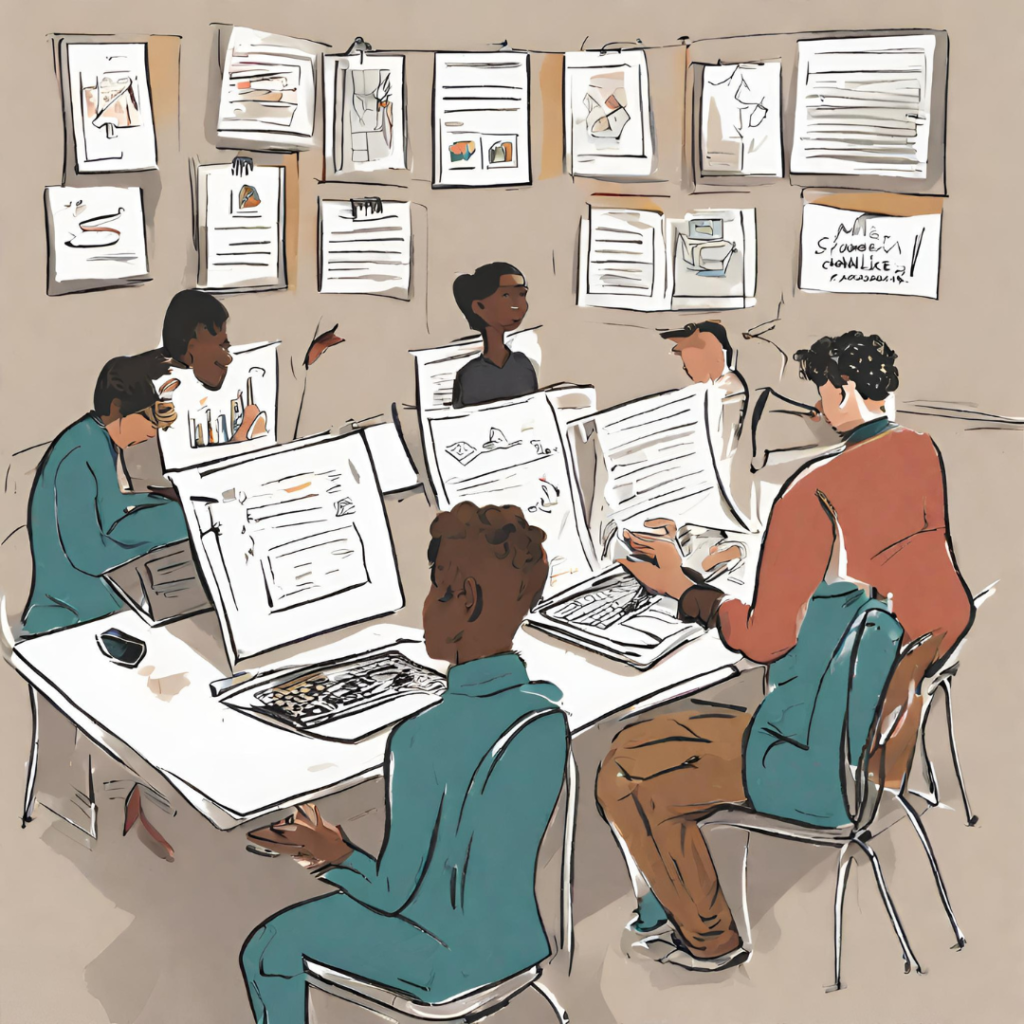
Every learner’s journey is dotted with challenges and milestones. In the diverse landscape of education, learners often encounter scenarios that veer from their innate learning style. Although this may initially seem daunting, it offers a chance for growth and adaptability. This article navigates the intricacies of learning outside one’s comfort zone and provides strategies for mastering these terrains.
Understanding Learning Styles
Before we delve into challenges, it’s essential to grasp the crux of learning styles:
- Visual-Spatial: These learners favor images, charts, and spatial understanding.
- Verbal-Linguistic: These individuals excel with words, both spoken and written.
- Logical-Mathematical: These learners thrive on logic, patterns, and mathematical reasoning.
- Bodily-Kinesthetic: They understand best through hands-on experience, movement, and touch.
- Musical-Rhythmic: Sound, rhythm, and music resonate with these learners.
- Interpersonal: They learn best through interaction, group activities, and understanding others’ perspectives.
- Intrapersonal: Independent and reflective learners who prefer self-study.
The Discomfort Zone: Why It’s Challenging
Learning outside one’s preferred style can feel counter-intuitive, leading to:
- Reduced Engagement: Material may seem less appealing.
- Difficulty in Retention: Information doesn’t ‘stick’ as efficiently.
- Increased Mental Fatigue: The effort to comprehend is magnified.
- Erosion of Confidence: Learners may doubt their ability to grasp the content.

Mastering the Terrain: Strategies for Success
Challenges, when met with the right approach, morph into stepping stones. Here’s how:
- Blending Learning Styles: Combine unfamiliar methods with familiar ones. Visual learners in text-heavy environments can illustrate concepts, turning them into visual narratives.
- Leverage Technology: Use platforms like Quizlet for flashcards, Coursera for diverse course formats, or Audible for audiobooks to complement traditional learning.
- Collaborative Learning: Study groups or peer discussions can offer new perspectives, making challenging content more digestible.
- Seek Consistent Feedback: Periodic assessments, quizzes, or discussions can keep you on track.
- Active Engagement: Participate in discussions, forums, or practical sessions to grasp concepts better.
- Optimized Study Environments: Ensure your study environment is conducive to learning. This includes adequate lighting, minimal distractions, and all necessary tools at hand.
- Growth Mindset: Embrace challenges. View them as growth opportunities rather than obstacles.
Case Studies: Learning Outside the Comfort Zone
Let’s explore a couple of real-life scenarios:
- Anna, a Visual Learner in a Lecture-Heavy Course: Anna found herself struggling in her history class, which was primarily lecture-based. She began to transcribe lectures into visual timelines, using symbols for significant events. This technique not only enhanced her retention but also made her revision sessions more efficient.
- Liam, a Kinesthetic Learner in a Theoretical Mathematics Class: Liam grappled with abstract concepts. He started using physical objects, like coins and blocks, to understand these theories better. This tactile method bridged the gap between theory and understanding.

Benefits of Adapting to New Learning Environments
While initial adaptation might be challenging, the long-term benefits are manifold:
- Broadened Horizons: Exposure to different teaching methods can open up new avenues of understanding.
- Enhanced Resilience: Overcoming academic challenges bolsters resilience in other life areas.
- Improved Interpersonal Skills: Collaborating with peers to understand better hones communication and team-working abilities.
Support Systems: The Unsung Heroes
Seeking support, be it from educators, peers, or online communities, can be a game-changer. They can:
- Offer fresh perspectives.
- Provide resources tailored to diverse learning styles.
- Offer encouragement during challenging phases.
Conclusion
Every challenge in the learning journey is a concealed opportunity. By equipping ourselves with adaptive strategies and a resilient mindset, not only can we navigate any learning environment with confidence, but we also sculpt a more versatile, agile version of ourselves. Embracing this adaptability ensures that learners remain prepared and proactive in an ever-evolving educational landscape.

